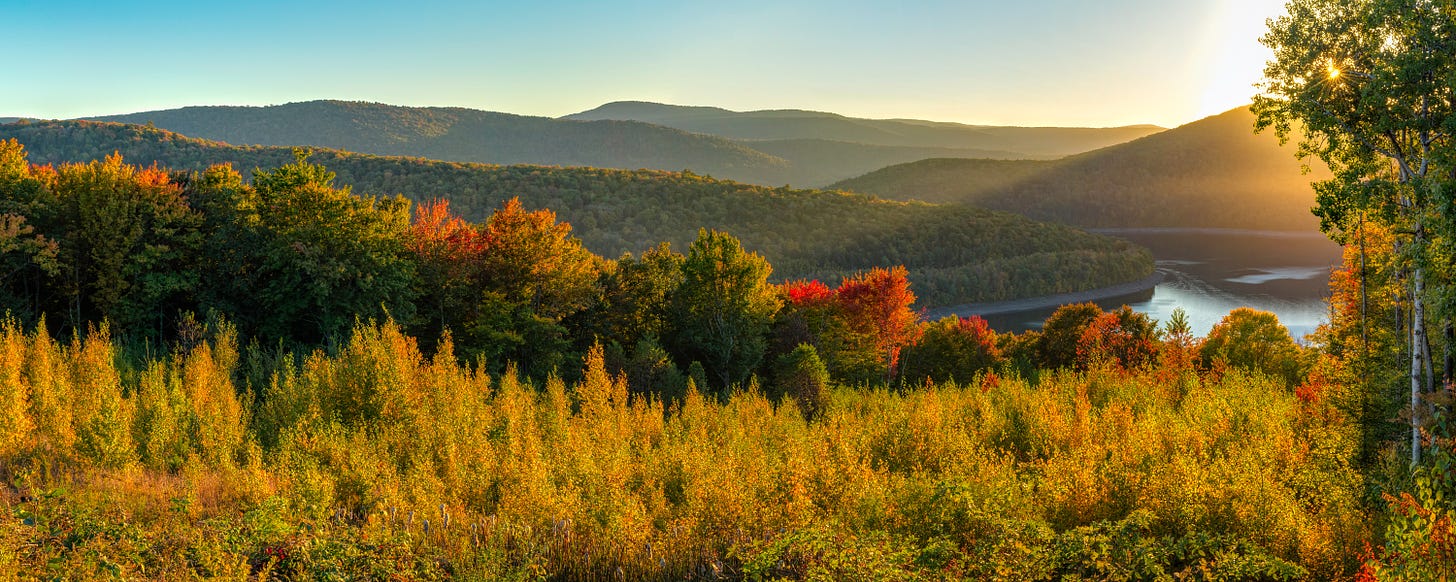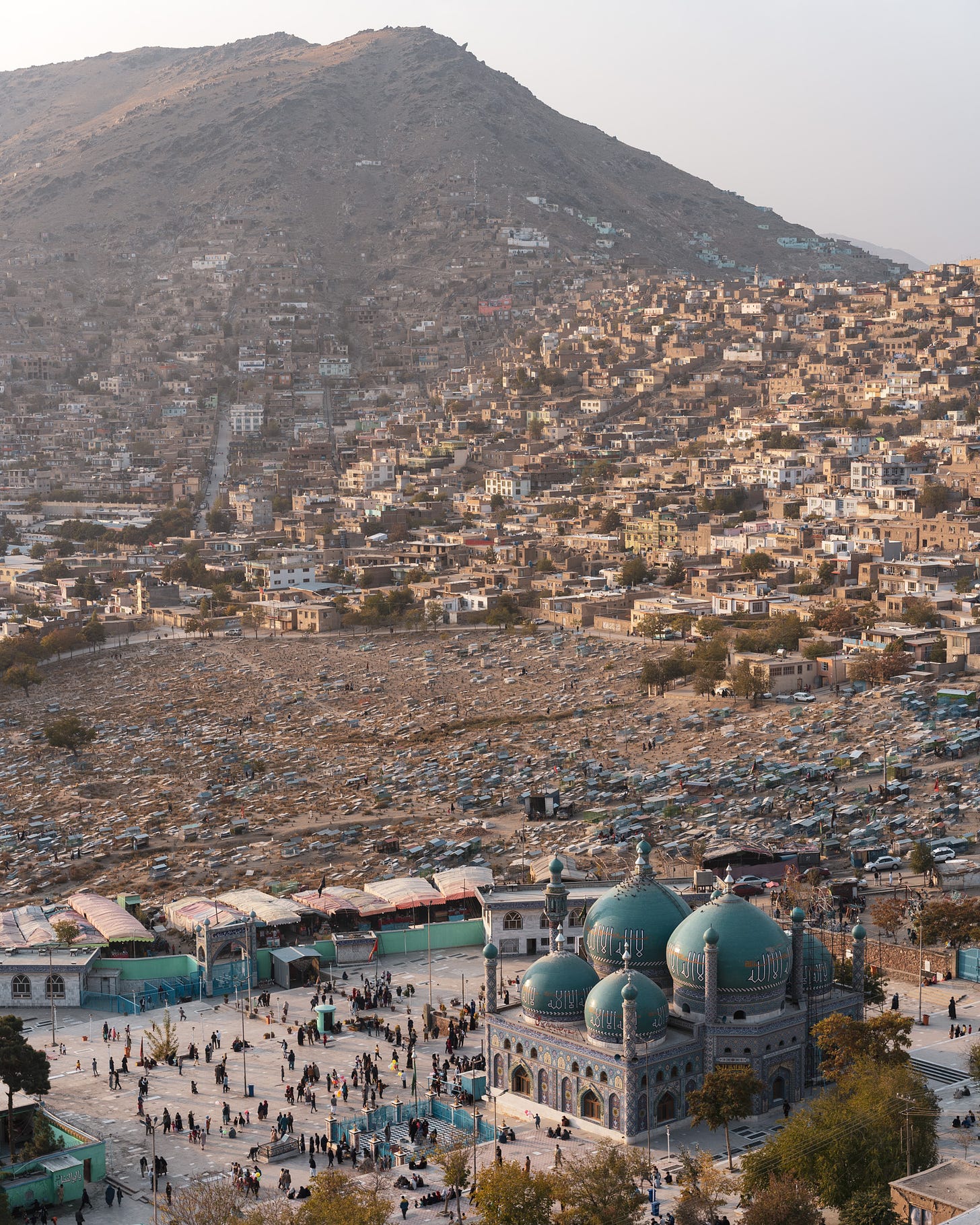
Thinking about summer vacations and the Catskills came up in conversation. It got me wondering how it became a popular northeast escape.
The Catskills were discovered by Henry Hudson, the explorer who sailed up the self-named Hudson Bay searching for the elusive Northwest Passage in the early 1600’s. Along his journey he dubbed this area of present day New York State along the Hudson River the Catskills and claimed it for the Dutch. The name most likely came from combining the Dutch word for creek which is “kill” with a reference to the local mountain lions.
The Catskills were immortalized by two great American writers, Washington Irving and James Fenimore Cooper who wrote in the early 1800’s. Irving wrote about this area with “The Story of Rip Van Winkle” and “The Legend of Sleepy Hollow.” Cooper’s contribution was even more profound. His took a romantic look at this region with his “Leatherstocking Tales” which include “The Last of the Mohicans.” His writings made the area famous and are still known through popular movies and television shows based on his frontiersman Natty Bumppo.
The art movement dubbed the Hudson River School brought further fame and fortune to the Catskills. Thomas Cole, Asher B. Durand and Frederic Edwin Church were the leading artists. They produced beautifully lit landscapes of the area which were seen in art exhibitions. The movement considered nature to be like God so that if human beings were in their works they would be small comparatively to nature. It was a great advertisement and led to the inevitable nature tourism that followed.
The idea of a vacation was controversial in 1800. Idleness was considered a sin. However, Americans found a way around that by taking vigorous vacations that involved lots of walking and exploring. In that vein New York State commissioned and opened the Catskill Mountain House in 1824. Getting to the hotel was an adventure requiring guests to hike the last leg of the trip when carriages could go no further. Its success led to many other get away spots opening in the Catskills. Steamboats and railroads made the area even more accessible.
Business came to the Catskills in the form of tanneries and quarries. Inevitable conflict between those who wanted to keep the mountains the same for their beauty and those who wanted to develop ensued. The Ashokan Reservoir project pitted locals against developers who wanted to dam a river in the Catskills for water for New York City. Eventually six dams were built in the Catskills for city water.
Prohibition arrived in the 1920s. The Catskills became a haven for bootleggers; to hide, to vacation and to produce and distribute alcohol. Some say there is still bootlegger treasure in the Catskills.
Post prohibition the Catskills again became a tourist refuge. Movies like “Dirty Dancing” show the summer camp type atmosphere of the Catskills in the 1950s and 60s. The famous Woodstock Festival was held in the Catskills. The current decline of the Catskills for tourism began in the early 70’s when travel habits changed (people wanted to go to more exotic places). Also, more women in the workforce meant they couldn’t go away for summers anymore. The smaller places went under first followed by the big fortress like hotels. Today camping, fishing, hiking and other outdoor activities are still enjoyed by tourists who come to the Catskills, just on a smaller scale.




